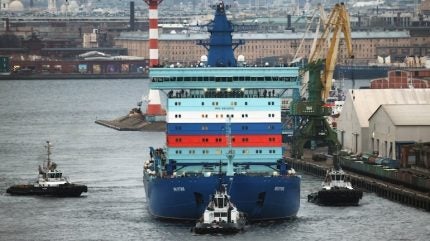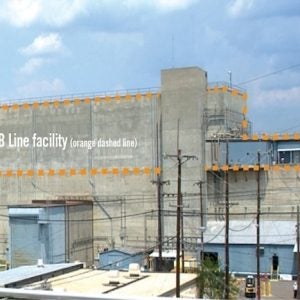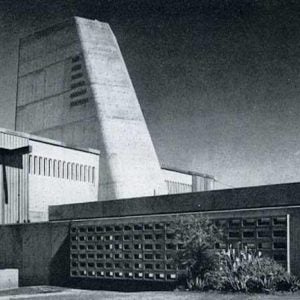
Addressing the VI International Arctic Forum – The Arctic -the Territory of Dialogue, Rosatom Director General Alexei Likhachev discussed the challenges associated with development of the Northern Sea Route (NSR) in the coming years: “First of all, we need to ensure that there is cargo flow on the NSR. The volume of cargo already totals tens of millions of tonnes with last year’s record nearly 38m tonnes,” he said. “Our northern [mineral] deposits developers tell us to be prepared for hundreds of millions of tonnes.”
He added: “The sanctions are a great burden, indeed, affecting not only technological equipment but also transportation, funding, and long-term contracts for the sale of resources extracted in the Arctic region. We are aware of this, and we will act accordingly. Currently we need 11 icebreakers, which we already have (including eight nuclear icebreakers). We must move on to the next stage and plan for 100-150m tonnes of cargo and 15-17 icebreakers instead of 10 or 11. So we must construct them”.
He stressed the significance of international cooperation. “An icebreaker does not transport cargo, so we need a cargo fleet. I understand that we do not have enough capacity to meet the demand for cargo vessels in advance, and this is where international cooperation is necessary. We have a very good understanding of business on the international market. We are having discussions with several countries that are experts in shipbuilding. First of all, we need to develop a strategy for increasing capacity at our shipyards, but we also need international cooperation,” he noted.
At the joint meeting of the commissions of the State Council of the Russian Federation for the development of the Arctic and the Northern Sea Route (held as part of the Forum), Likhachev suggested creating competitive transport conditions for the NSR. “It is essential that the costs of icebreaker escorts and cargo transit, cargo services fall within the economic framework of the Arctic projects. In this context, it is important to recognise that given the challenging northern environment and the lengthy project timeline, turning these projects into purely commercial initiatives considering modern lending policies – meaning interest rates – would effectively halt their progress,” he said. He suggested switching to 30-year planning for the NSR, noting that a comprehensive plan for the route development must be long-term.






